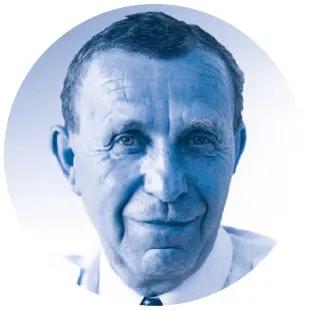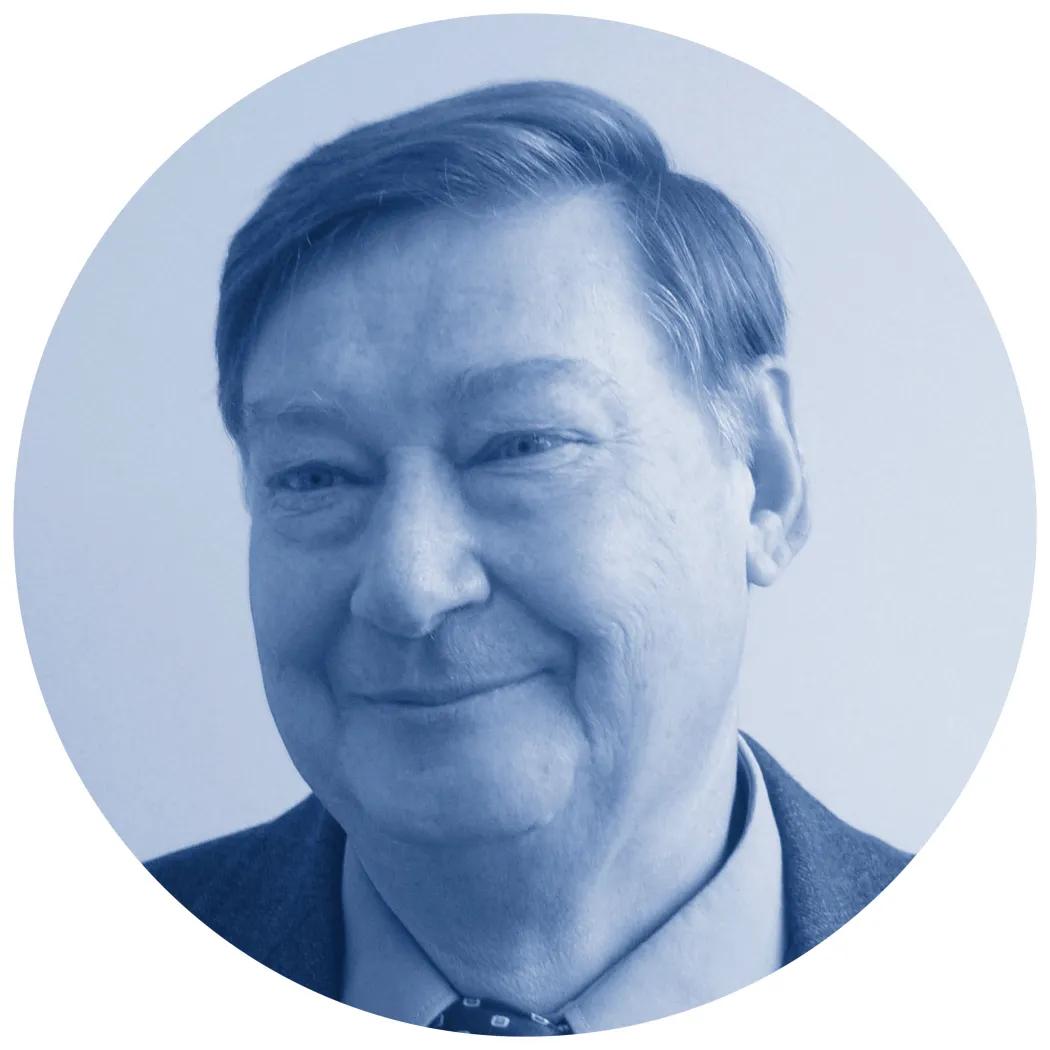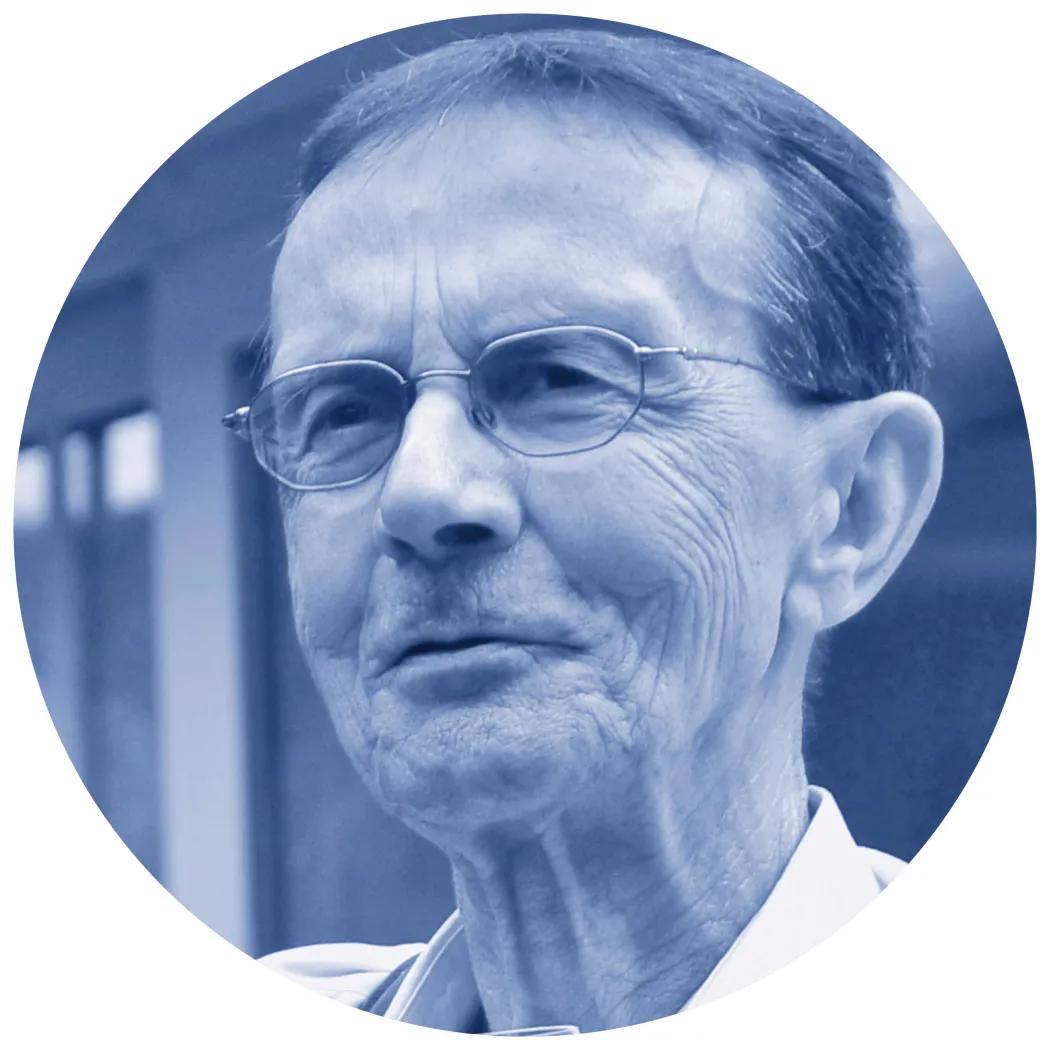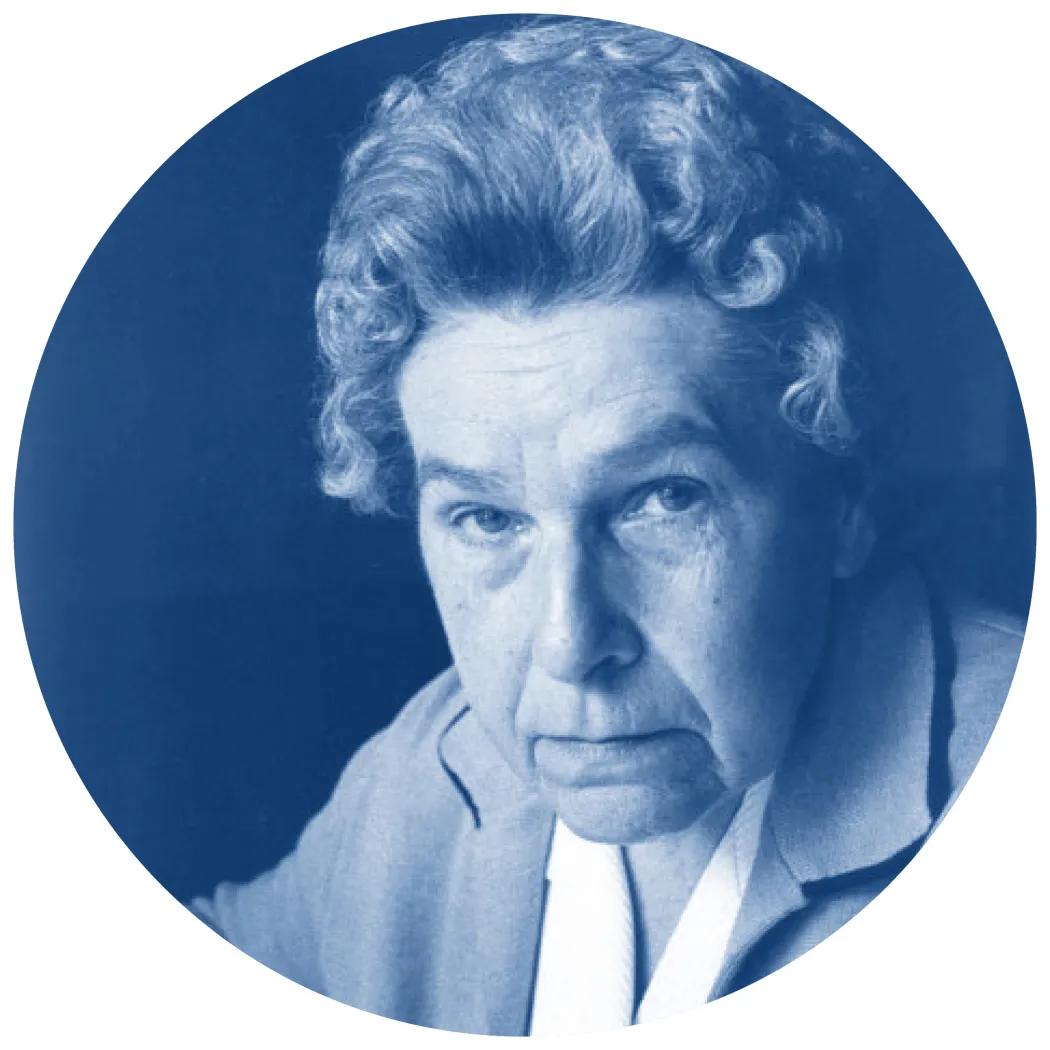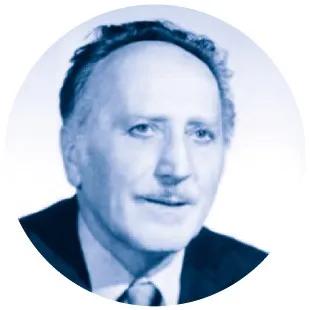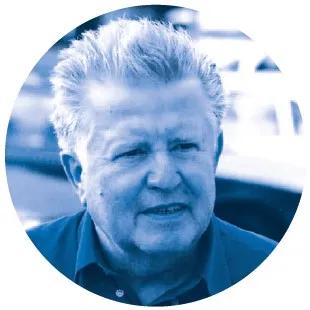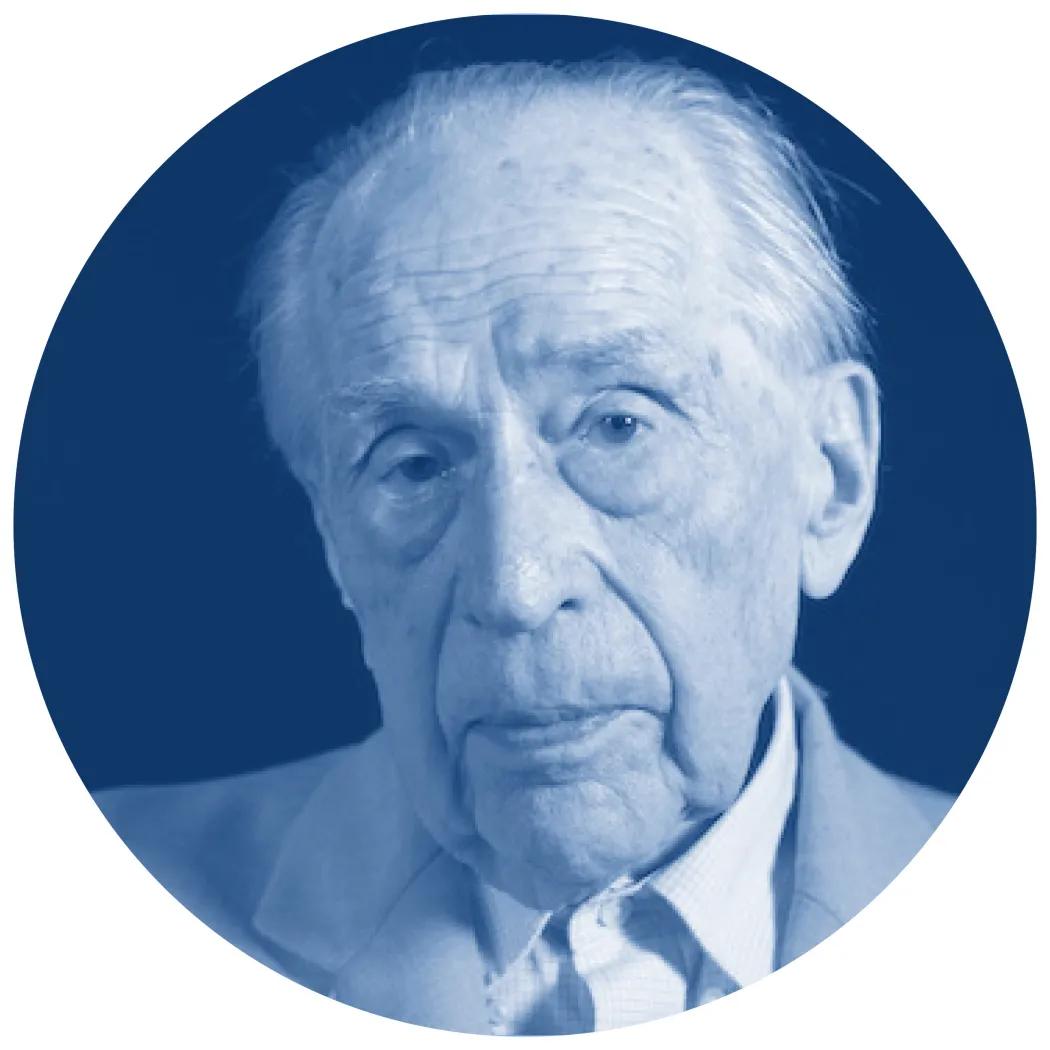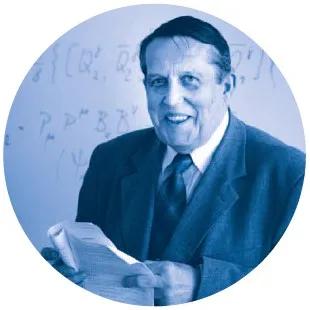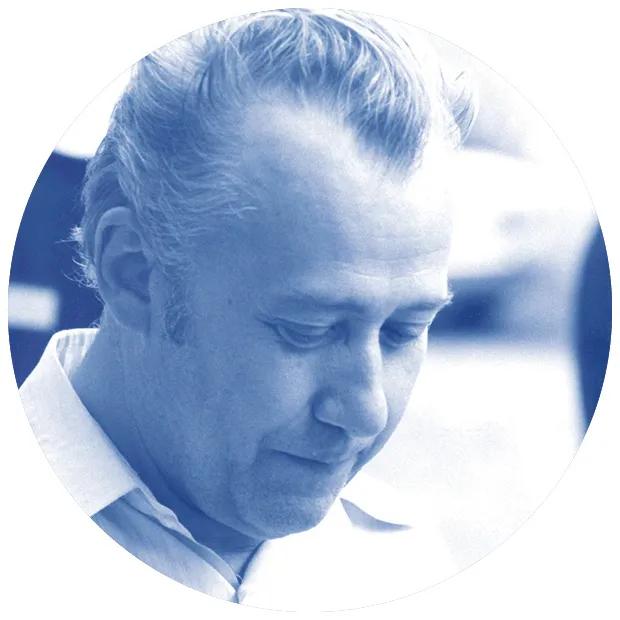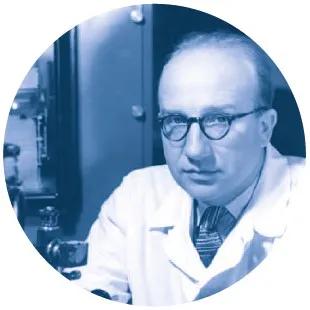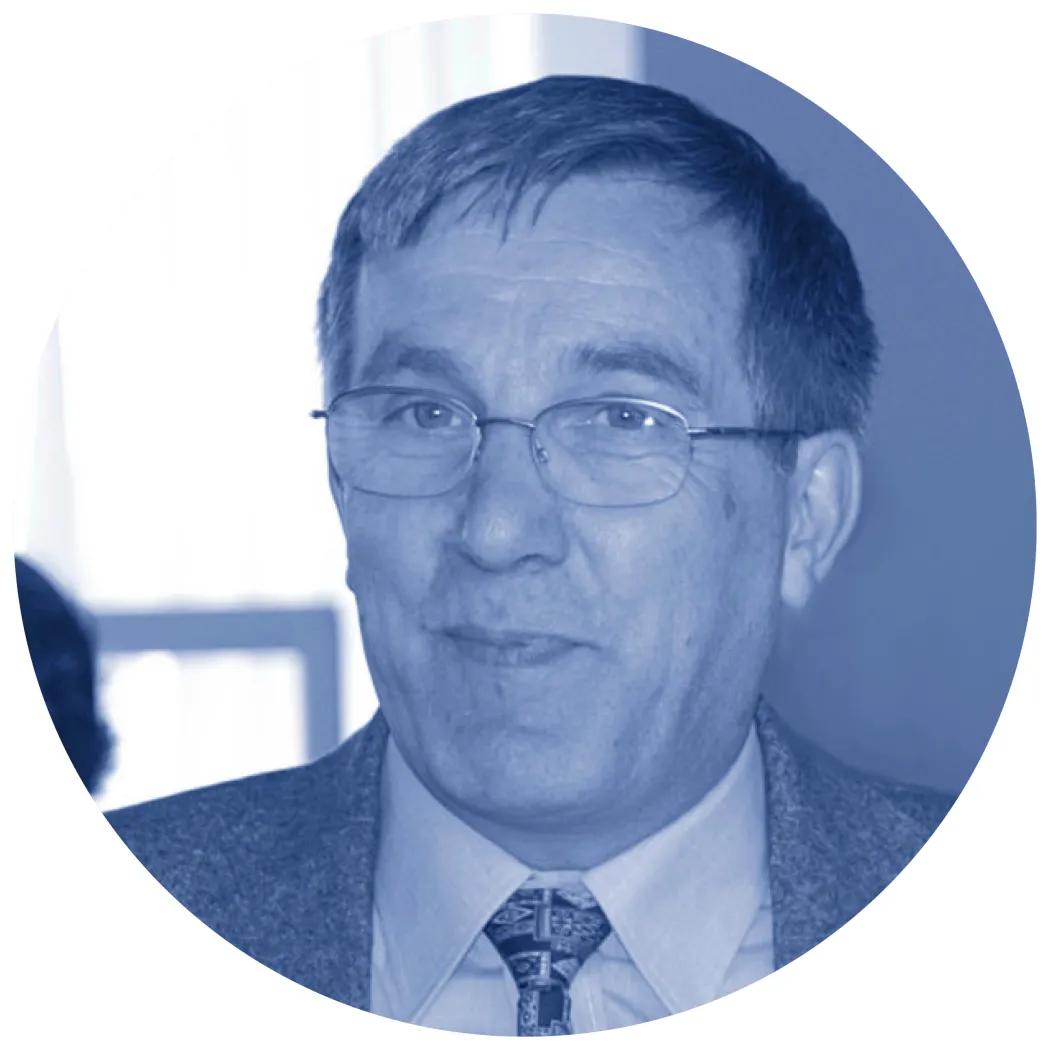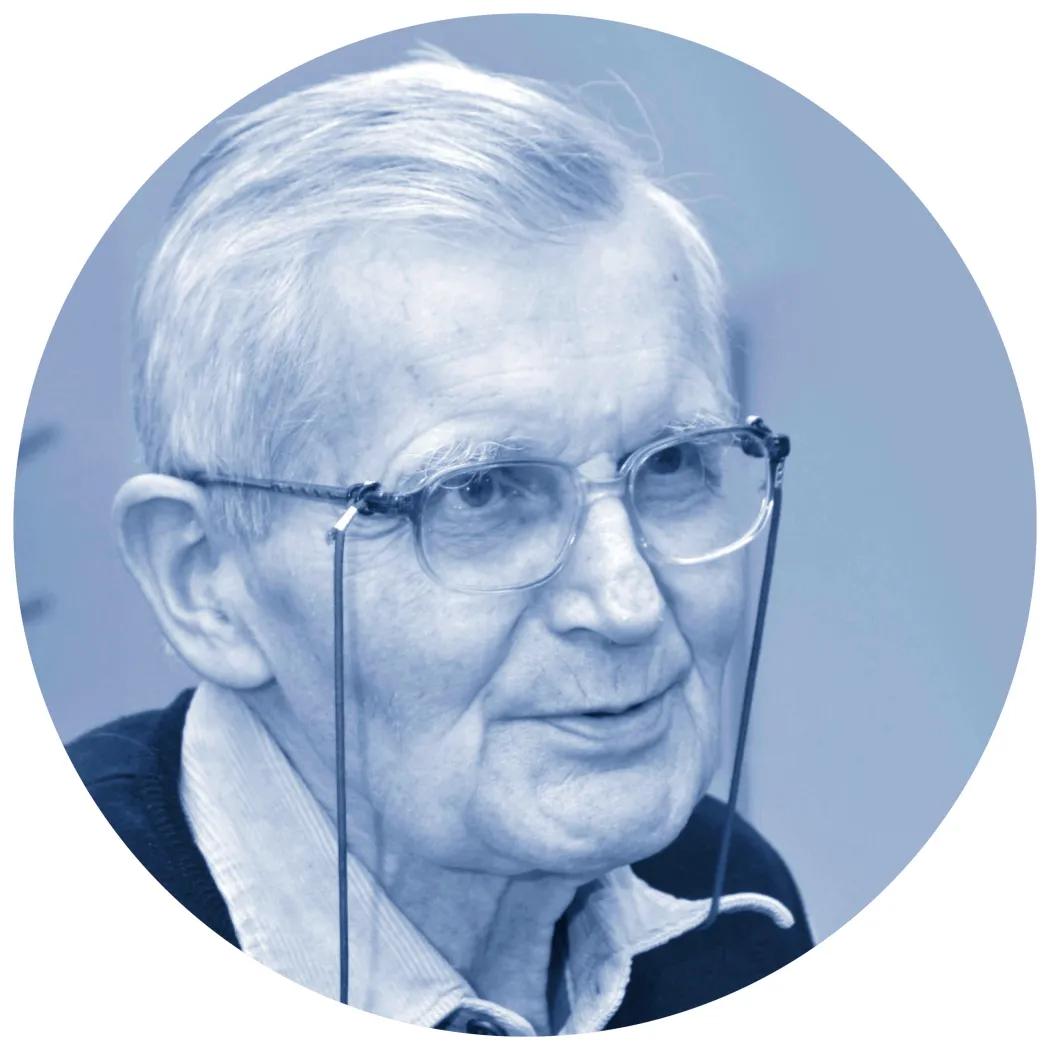In connection with the 70th anniversary of the Institute of Physics and in cooperation with the heads of the departments we have prepared an overview of personalities who worked at the Institute of Physics (or the Institute of Solid State Physics before its merger with FZU) and who contributed significantly to the development of knowledge in their field of physics and generally to the progress of the institute and Czech science.
We would like to remind these personalities from the history of the Institute in more detail to the public and our colleagues at FZU. Below you will find a brief summary of each scientist's activities in the field of physics and at FZU or the Institute of Solid State Physics. (We are preparing detailed information about each person.)
We will gradually update this overview and add other significant women and men from the FZU history. If you are interested in specific information about a particular person or have another suggestion, please let us know at pr [at] fzu [dot] cz.
RNDr. Vladimír Dvořák, DrSc.
(1934 – 2007)
One of the most prominent personalities of Czech physics, from 1995 a member of the Learned Society. From the beginning of his career in science, he was very active and had a talent for explaining even very complex physical phenomena in a comprehensible way. He focused on the theory of ferroelectric substances and structural phase transitions. For example, he developed a classification of structural phase transitions in terms of symmetry of the ordering parameter in the form of detailed tables. He established a whole school and methodology for the analysis of temperature anomalies of various quantities in the vicinity of phase transitions. Later he also dealt with the study of quasicrystals or the then completely new metamaterials. His whole productive life was connected with the Institute of Physics of the Czech Academy of Sciences. He served as Director of the Institute of Physics from 1993 to 2001. In his honour, the Institute of Physics holds an annual Dvořák Lecture, delivered by an internationally renowned authority.
prof. RNDr. Jan Fischer, DrSc.
(1932 – 2022)
His professional life is closely connected with the present Institute of Physics of the Czech Academy of Sciences. He belonged to the generation of its founders and worked there since its foundation on 01/01/1954. For many years he was head of the Department of High Energy Physics. In 1985–91 he was the managing editor of the Czech Journal of Physics B. The main theme of Fischer's research activity was the application of analytic function methods in particle physics.
prof. RNDr. Jan Fousek, DrSc.
(1930 – 2016)
One of the founders of the field of ferroelectric physics in our country; as a long-time head of the Department of Dielectric Physics at the Institute of Physics of the Czechoslovak Academy of Sciences, he was instrumental in building a unique laboratory of dielectric spectroscopy, focused on the elucidation of phase transitions in solids and liquid crystals. He organized the first International Conference on Ferroelectrics (IMF, Prague, 1963). These conferences are still held regularly today.
prof. Ing. Miroslav Jelínek, DrSc.
(1946 – 2020)
He was an internationally recognized specialist in the field of thin film laser deposition and its application in medicine and other fields. He focused on the characterization and analysis of the properties of thin films of high-temperature superconductors, ferroelectric materials, doped materials for waveguide lasers, polymer materials, magnetic layers, biocompatible ceramics, diamond-like layers, thin films of quasi-crystalline materials, prospective materials, as well as the creation of multilayer structures. He was a successful investigator of many Czech and international grants and led bilateral collaborations with professional institutions in France, Greece, Germany, Poland, Slovakia, Bulgaria, and Italy.
RNDr. Vladimír Kamberský, CSc.
(1935 – 2014)
He graduated from the Faculty of Mathematics and Physics of Charles University in 1958 but joined the Institute of Physics of the Czechoslovak Academy of Sciences almost two years earlier. He was attracted there by his older colleagues, then postgraduates, whom he had met at the joint military training. His results related to the influence of the preparation conditions of layers on their magnetic anisotropy are still relevant today. His research into thin films later included ferromagnetic resonance, which in a way became his life destiny, especially the theory of its damping. He published several papers in which he dared to criticize Alex Hubert for his interpretation of the magneto-optical phenomenon arising on inhomogeneous magnetization just below the surface of complex layered structures. His criticism led to the clarification of this effect and eventually to a series of joint papers with Prof. Hubert and his collaborators.
prof. RNDr. Adéla Kochanovská (Němejcová), DrSc.
(1907 – 1985)
She was the first woman to study mathematics and physics at the Faculty of Science of Charles University. In 1944 she became the head of the X-ray department of the Physical Research Institute of Skoda Works. She headed the department until 1968 when it was already part of the Institute of Solid State Physics of the Czechoslovak Academy of Sciences (today FZU). She made a great contribution to the development of the field of X-ray radiography, was appointed the first Czech professor of engineering in 1960, and in 1968 became one of the first three female corresponding members of the Czechoslovak Academy of Sciences. She published more than 70 original scientific papers, the first Czech-language comprehensive publication on X-Ray radiography, which became the basis for further use of X-ray analysis in industry, and the university textbooks Radiocrystallography and Structural Radiography. In 1954, she founded the Conversations on Radiography, regular meetings for experts from research and industry, which have been held ever since (more than 300 meetings).
RNDr. František Kroupa, DrSc.
(1925 – 2009)
A world-renowned expert in the dislocation theory. In his extensive scientific and teaching career, he introduced physical methods for the study of materials, and his works, highly cited abroad, ranged from the elastic continuum theory to mesoscopic models of dislocation nuclei, to atomistic approaches to crystal disorders. Among the results achieved, one can mention the mathematical description of dislocation loops, dislocation core spatial splitting causing their poor mobility, as well as fracture processes in ceramic materials. In the breakthrough year 1968, he was first awarded the KG State Prize. However, as a corresponding member of the Academy of Sciences, he strongly protested against the Soviet invasion, and especially against the normalization in the leadership of the Academy, as a result of which he was later forced to leave the Academy of Sciences. After five years, he returned to basic research at the Institute of Plasma Physics. Soon after the establishment of the Institute of Physics, he founded the Department of Mechanical Properties of Solids, which moved through the physics of metals to today's advanced structural materials. In 1966–1970, he served as a senior editor of the Československý časopis pro fyziku, where he worked on its English version.
RNDr. Svatopluk Krupička, CSc.
(1922 – 2014)
Pioneer in the research of magnetic properties of oxide materials of classical and new types, especially ferrites, garnets and perovskites. Director of the Institute of Physics of the Czechoslovak Academy of Sciences in the important first four years after November 1989. He promoted and managed the fundamental reorganization of the Institute of Physics, which led to a new formulation of research tasks and a new way of evaluating scientific work, which led to a fundamental development of scientific research.
RNDr. Leoš Láska, CSc.
(1938 – 2013)
Pioneer in research on laser ion sources, especially highly ionized heavy elements. He was the leader of the working group that designed and built the two-stage iodine photodissociation laser amplifier called PERUN. This was the beginning of systematic research on laser-generated plasma in the Czech Republic, in the PERUN laboratories, PALS (Prague Asterix Laser System) and subsequently research for the needs of the emerging ELI Beamlines infrastructure. Since 2013, the South Italian regional conference on laser plasma physics PPLA (Plasma Physics by Laser and Applications) has been awarding the "Leos Laska Award" to the best young researchers from local universities.
RNDr. Miloš Lokajíček, DrSc.
(1923 – 2019)
Miloš Lokajíček devoted his whole life to the development of physical science. His main research topic was the description of collision and decay processes of particles and the axiomatic foundations of quantum theory. In 1952, together with Professor Václav Votruba, they were the first to propose a procedure for systematically describing newly discovered elementary particles. After his postgraduate studies at the Institute of Theoretical Physics at the Faculty of Science of Charles University, he joined the Institute of Physics of the Czechoslovak Academy of Sciences in Prague in 1953. Lokajíček was practically the first in the whole of Eastern Europe who started to put into operation new precise radiation therapy techniques in the treatment of cancer. He has authored or co-authored approximately 300 original scientific papers and is a recipient of the Czechoslovak Academy of Sciences' Golden Plaque for Merit in Physical Sciences, which he received in 1992.
prof. Ing. Jiří Niederle, DrSc.
(1939 – 2010)
Researcher in mathematical and particle physics, especially in calibration field theory. After 1990, as Chairman of the Council for Foreign Relations of the Academy of Sciences, he contributed significantly to the substantial expansion and improvement of international scientific research cooperation of the Academy of Sciences. He was the first representative of the Czech Republic in the NATO Science Committee, the representative of Czechoslovakia and later of the Czech Republic in CERN – the European Organization for Nuclear Research; he was instrumental in the accession of the Czech Republic to CERN, where he was later elected Vice President of the CERN Council three times.
prof. RNDr. Vladislav Šimák, DrSc.
(1934 – 2019)
He was an internationally renowned experimental particle physicist and founder of antiproton physics in Czechoslovakia and later in the Czech Republic. Since the early 1960s his vision and organisational skills helped shape experimental particle physics, not only in Prague, but throughout the country. He initiated our participation in several major particle physics experiments at leading world laboratories. After the Velvet Revolution, he played a pivotal role in the early accession of the Czech Republic to CERN in 1992 and he was the architect of our participation in the ATLAS experiment. His enthusiasm for particle physics and love of quarks was contagious and helped attract young people to this field. Throughout his life, he combined his passion for physics with a love for music, for many years playing the violin in the Academy Chamber Orchestra.
prof. Ing. Dr. RNDr. Jan Tauc, DrSc.
(1922 – 2010)
One of the founders of solid-state physics in our country and a world-renowned researcher in the field of semiconductors: In collaboration with Z. Trousil he created the first germanium transistor outside the USA. At the Institute of Technical Physics of the Czechoslovak Academy of Sciences in Cukrovarnická Street (later the Institute of Solid State Physics of the Czechoslovak Academy of Sciences, today part of FZU) he founded and headed the Department of Semiconductor combining basic physics research with developing materials research. He focused on the origin of electromotive forces in semiconductors, discovered the photovoltaic phenomenon, the anomalous thermal effect, the photomagnetic phenomenon and the photopiezoelectric phenomenon, and made a significant contribution to the study of interband transitions by optical measurements. After emigrating, he was a professor at Brown University in the USA from 1970.
RNDr. Václav Vrba, CSc.
(1948 – 2020)
The highlight of his career in science was the ATLAS experiment at the LHC, where the collisions of two counter-parallel beams of protons are studied. Václav Vrba was one of the main initiators of the involvement of FZU scientists in this experiment. He himself made a significant contribution to it by developing, testing and constructing pixel detectors, which represent the heart of every current elementary particle collision detector. He and his colleagues succeeded in building a semiconductor detector laboratory. The detectors he developed in the laboratory with his students and collaborators have also found applications abroad, for example in the PHENIX experiment at the RHIC accelerator at Brookhaven National Laboratory in the USA.
RNDr. Karel Závěta, CSc.
(1933 – 2023)
Karel Závěta was an important figure in condensed matter physics. From 1956 he worked at the Institute of Technical Physics of the Czechoslovak Academy of Sciences, now the Institute of Physics of the Czech Academy of Sciences, where he studied ferrites and electrical conductivity to measure magnetocaloric phenomena. For several years he held the post of the Science Secretary of the institute.
